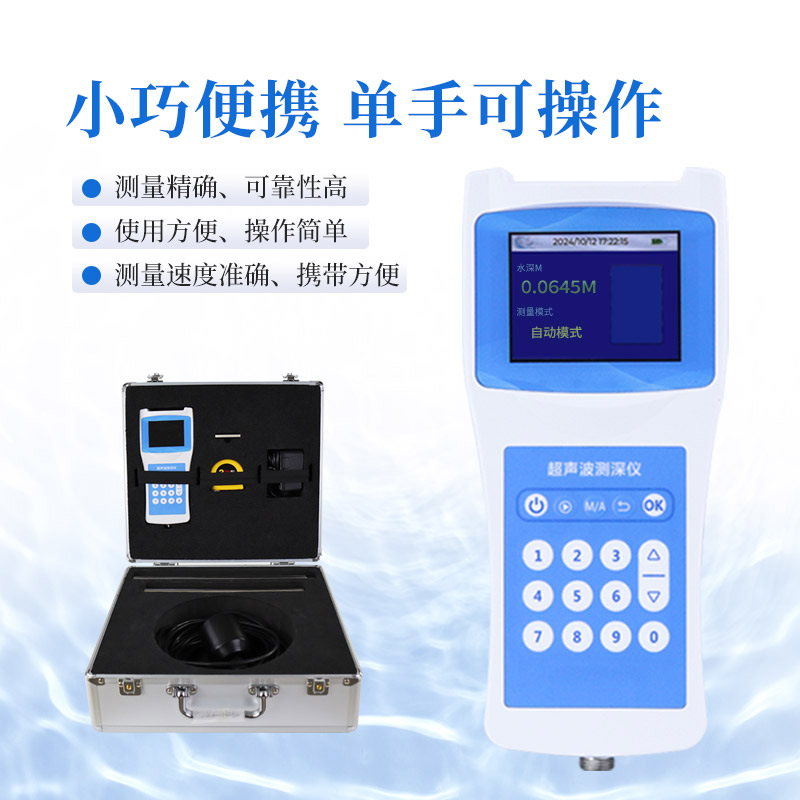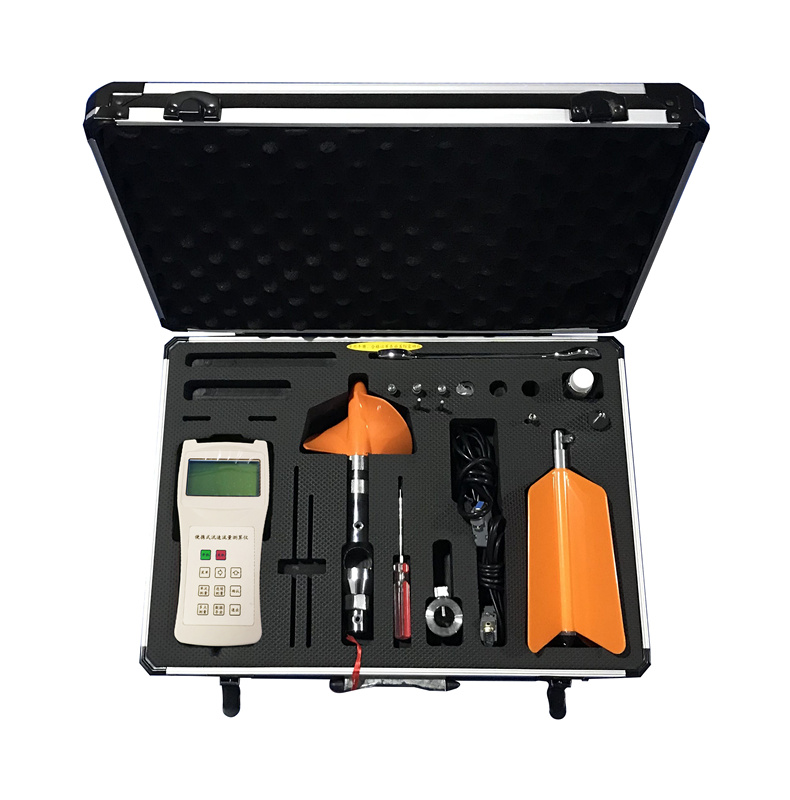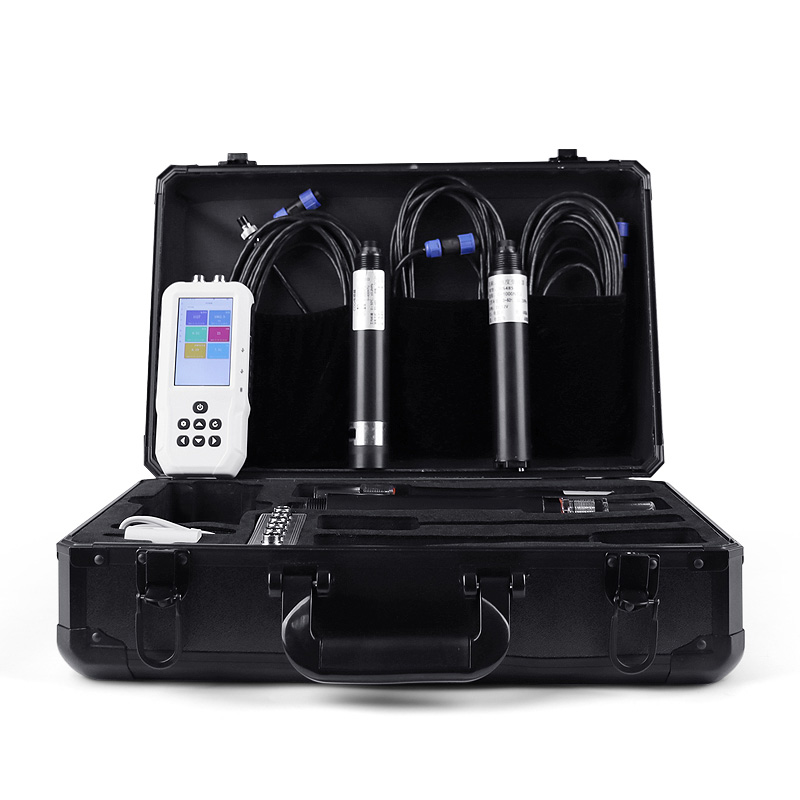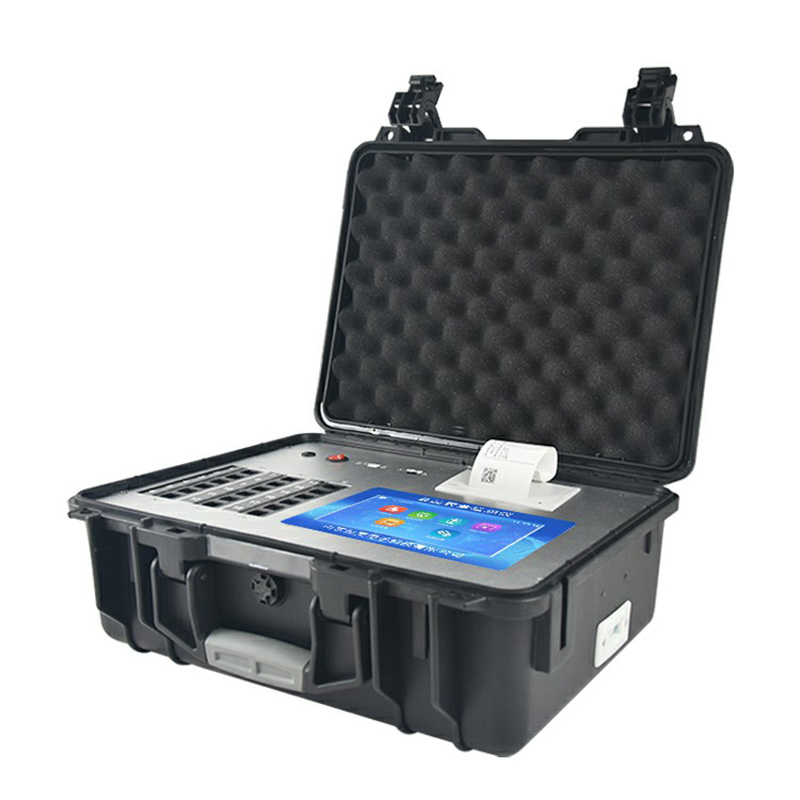In the construction of water conservancy projects, whether it is the construction of dams, sluices or channels, accurate water depth data is required to determine the design parameters and construction plans of the projects. For example, according to the water depth of the riverbed and the geological conditions, the appropriate type of pile foundation and construction technology are selected to ensure the stability and safety of the project. So, how can we measure the water depth?
Traditional methods for measuring water depth include sounding rods, sounding weights, etc. However, these methods are inefficient, have poor accuracy, and are difficult to use in deep water areas or complex water bodies. With the development of science and technology, ultrasonic water depth sounders have emerged. They utilize the propagation characteristics of ultrasonic waves in water and calculate the water depth by measuring the time difference between the emission and reception of ultrasonic waves. They have the advantages of fast measurement speed, high accuracy, and easy operation, greatly improving the efficiency and accuracy of water depth measurement.
Currently, Portable Ultrasonic Water Depth Meters are becoming more and more popular. They are small in size and light in weight, making them easy to carry and operate. They are suitable for on-site measurement in different water environments, and there is no need for complex installation and debugging, which improves the flexibility and convenience of the measurement work.
The measurement range of the FT - CS50 Ultrasonic Water Depth Sounder is 0 - 50 meters; it has 32 levels of transmitting power and can automatically adjust the gain; the minimum display resolution reaches 0.1mm, and the accuracy is ±1%× the measurement range, ensuring accurate measurement; the working frequency is between 200 - 2000KHz; it supports data export via a USB flash drive, and the on-board FLASH automatically stores the measurement data in EXCEL files, with a storage capacity of up to 5000 records.
It adopts an LCD full-color screen for display, allowing clear readings even in the wild. In terms of operation, it can perform static fixed-point measurements. Using self-stabilizing measurement technology and fast tracking technology, it can reflect the real measurement results in real time. It also has a built-in watchdog circuit to ensure stable and reliable operation over a long period of time.

This paper addresses:https://fengtusz.com/industry/724.html









